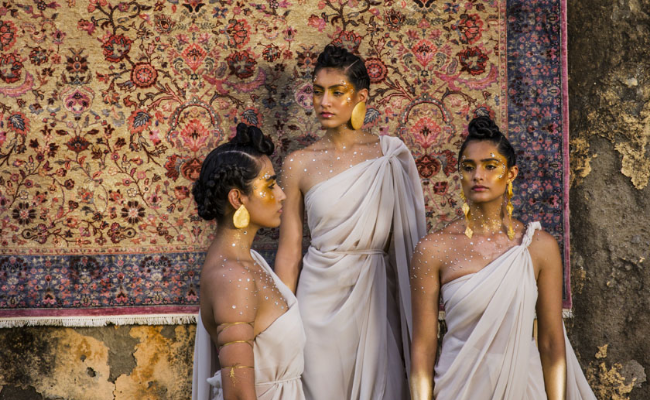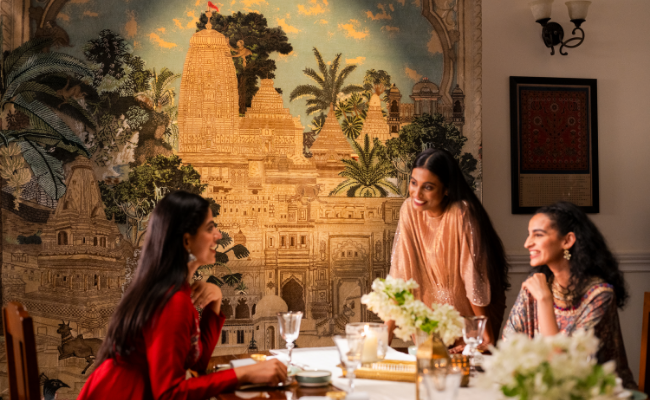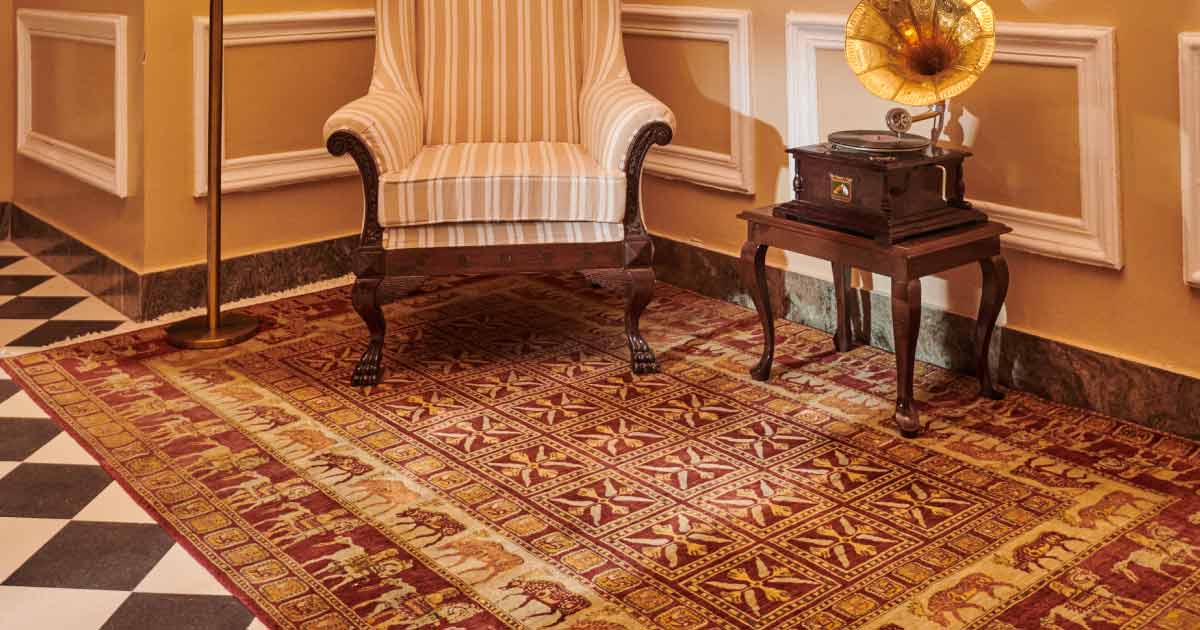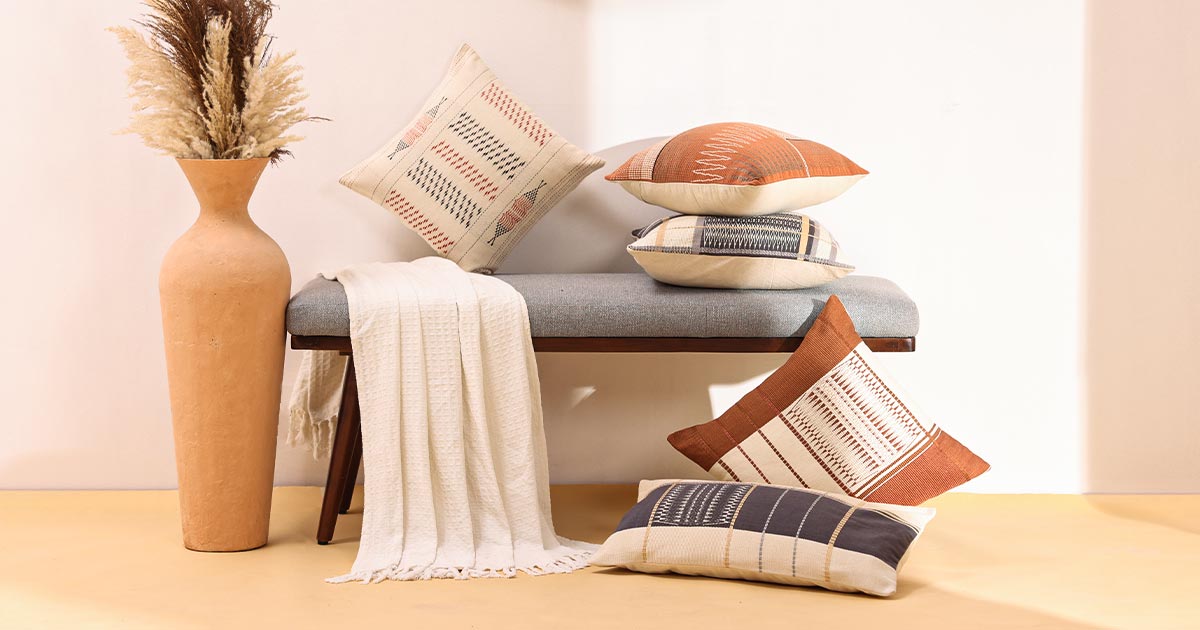
The Mystique of Oriental Carpets: How the West Fell in Love with the East
Understanding the importance of history – handcrafted rugs
Every day, as we step out of the house to study, to work, or any other endeavour that requires us to be mentally and physically stimulated, we are focused on so much that happens with us. This remaining in our bubble makes us miss out on the many things that are happening around us, directly impacting us. The phone that we use, the laptop we take to work every day, or even the food we eat, has a history. A history of science, evolution, craft, and labour. These are the basis of everything that we witness and experience in our day today lives. However, oftentimes, given life’s urgencies, we tend to overlook the importance of these factors.

As a manufacturer of handcrafted carpets, we have seen the many stages, and many evolutions in the industry of handcrafted rugs and carpets. But when we began on our journey of adorning the world, we had a vision and a purpose. Our vision was to make India one of the largest hub of handcrafted carpets, and our purpose, to preserve the age old craft legacy that is a gift that we’ve been conferred with because of our rich cultural legacy and the occupational necessities that stemmed from the hardships faced in a pre-independent era.
Now tell us, when you bought a carpet for your home, or went on a hunt for one, did you really think about these factors? It is absolutely normal not to. However, these small mindful practices can really help us become better consumers of material things, and in the end, just better and content human beings.
How the east met west
West has always been the influence on a various different cultures, as a result of the traders, colonizers, and missionaries visiting various countries. These travellers believed that their way of life was superior to the rest of the world, or the countries they travelled to. This led to these cultures being encouraged to adopt the western European languages, alphabets, trade practices, attire, educational system and more.
In an interesting shift, however, in the 15th century, the west started to become influenced by the eastern craft, which went on to become a symbol of social and economic status.
Talking about oriental rugs and carpets, these furnishings started to be used as wall and floor coverings. They were readily available, however due to the problem of mobility, and reach, only the few influential people could actually possess them.
Oriental carpets emerged in the ancient Persia (modern day Iran) in the 5th century BCE. These exceptional textiles were initially created for utilitarian purposes such as insulation, protection against certain elements, or for religious purposes. For their remarkable craft and design techniques, the furnishings came to among the highly sought after commodities along the silk road, capturing the imagination of traders and travellers.
In the 13th and 14th centuries these commodities started making their way to the Western Europe. Crusaders, merchants, and diplomats brought these magnificent textiles back with them, introducing them to the European society. The furnishings gained prominence among the royalty and nobility during the renaissance and Baroque periods. They became symbol of luxury, elegance, and prestige, finding places in the palaces and estates of kings and aristocrats. The fusion of the east with the west became even more noteworthy when the European royalty began to weave commissioned carpets in the eastern tradition, using designs and motifs inspired by both cultures.
In the Indian context, rugs and carpets came to India through the grand trunk road. When the Mughal emperor Akbar came to India, he wanted his palace to look like the most beautiful work of art. Thus, he decided to bring artisans from around the world primarily, from Persia to India. These artisans then lived in India crafting carpets for the emperor’s halls, while also passing on their design sensibilities to the villagers. These villagers further mastered the skills that they learned over years and generations and today, the Indian handcrafted rug has become one of the leading choices for homeowners, architects, and interior designers in the luxury sector.
However, the Persian rugs and carpets were ruling the industry much before they became predominant in India. The oldest known rug to humanity, Pazyryk was found in the Altai Mountains of Siberia in 1949 and is believed to be buried for about 2500 years. The rug was buried with the precious possessions of the King’s body in his grave. Pazyryk is a beautiful rug that even today astonishes historians and researchers due to its remarkable condition. Its design depicts intricate patterns and exuberant tones, serving as a testament to the history of the ancient craft of rug making.
The rug captured attention of art connoisseurs around the world, and people adopted the Pazyryk design technique by creating their own renditions of the motifs, patterns, and colour schemes. As more and more nations began trade with other nations as a result of globalisation, the design scheme became more popular, reaching the common masses.
Today, almost every rug manufacturer brand incorporated the oriental design techniques to their collections, experimenting with and exploring the various nuances of art and design with respect to their aesthetic.
Conclusion
The story of how the East met the West through oriental carpets demonstrates the enduring power of art to transcend borders and bring cultures together. From its origins in the East to its journey along the Silk Road and eventual integration into Western European culture, these carpets serve as tangible witnesses to the shared history of two distinct worlds. Their continued appreciation and preservation celebrate the beauty of cultural exchange and artistic collaboration that continues to inspire and captivate us to this day.
Find the best carpets collection online.









